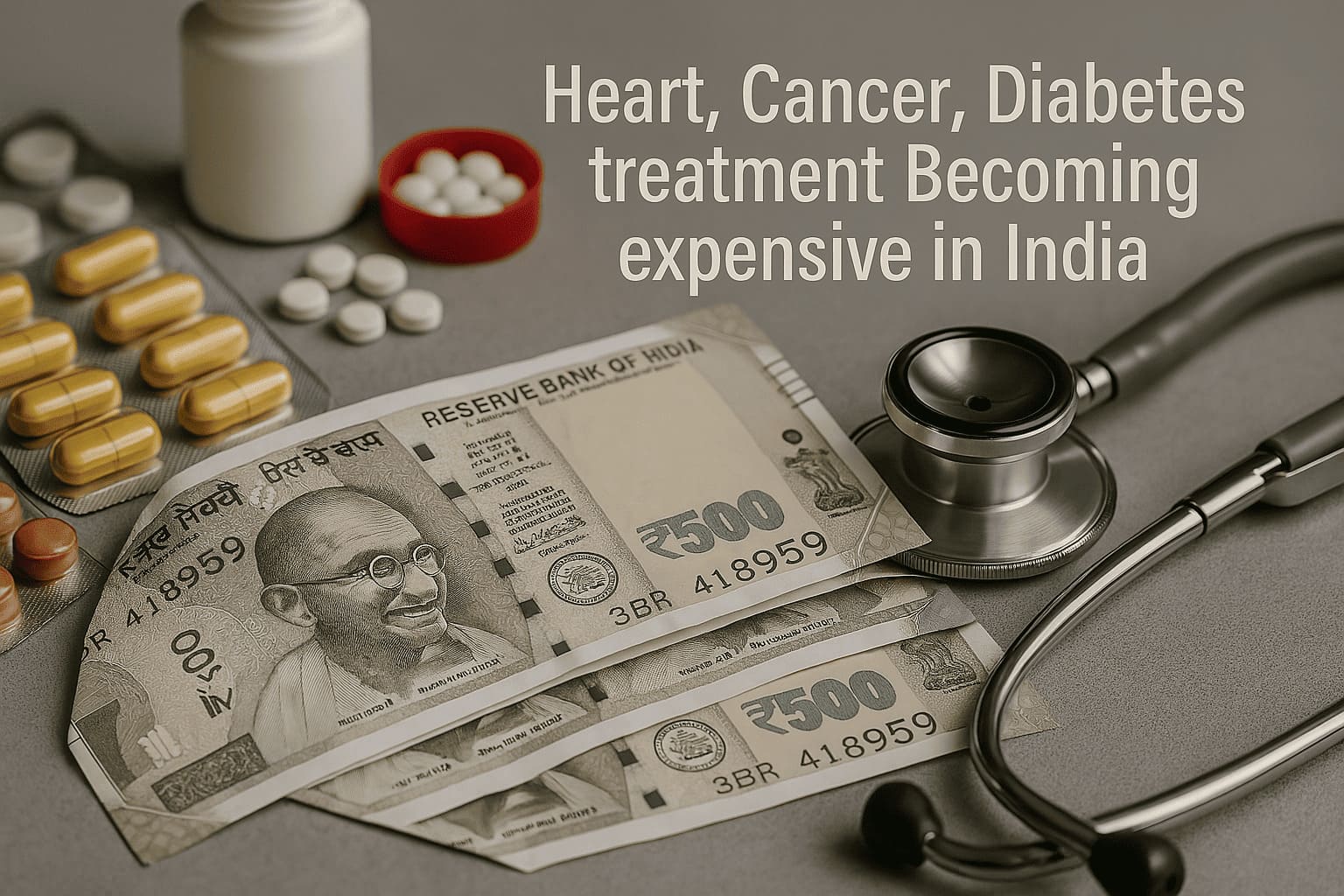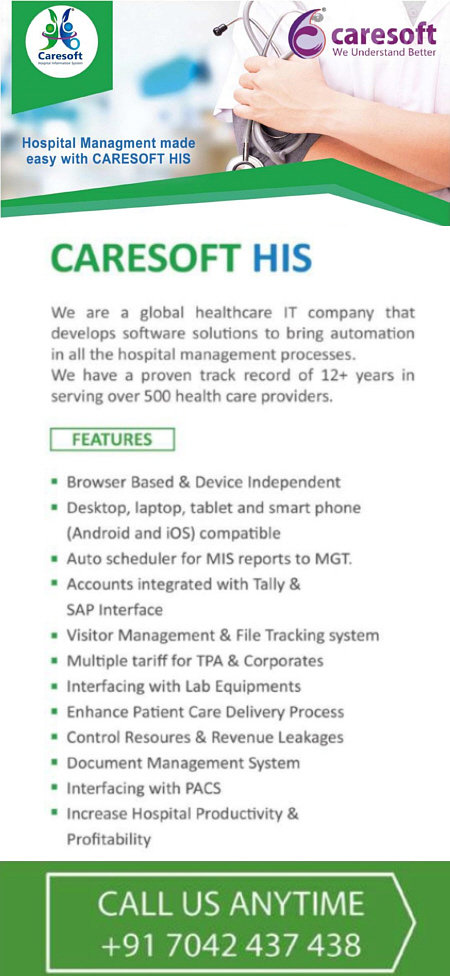Heart, Cancer, Diabetes: Is Healthcare Becoming a Luxury in India?
The government has a responsibility to ensure that patients are not left behind in the race for economic growth.

The cost of essential medicines in India is set to rise once again, putting additional financial strain on millions of patients who rely on them daily. Government-controlled drugs, including those used for treating cancer, diabetes, heart diseases, and infections, are expected to become more expensive, with a reported price hike of 1.7%. This increase, though seemingly small in percentage, could have a major impact on those already struggling with the high costs of medical treatment.
For many families in India, healthcare expenses make up a significant portion of their monthly budget. With the cost of medicines increasing, the burden on patients especially those suffering from chronic conditions will grow even heavier. Life-saving medications are not a luxury but a necessity. When prices go up, affordability becomes a major concern, especially for the economically weaker sections of society.
The pharmaceutical sector In India operates under strict price controls, particularly for essential medicines that fall under the National List of Essential Medicines (NLEM). This list ensures that critical drugs remain accessible to all. However, the current increase in prices suggests that even under government regulation, medical expenses continue to climb.
Several factors contribute to the rising cost of medicines:
1. Raw Material Costs – A large portion of India’s pharmaceutical industry depends on imported active pharmaceutical ingredients (APIs), mainly from China. Any fluctuation in global supply chains can lead to increased production costs, which eventually trickle down to consumers.
2. Inflation and Economic Pressures – Just like every other sector, the pharmaceutical industry is affected by inflation. Rising costs of transportation, energy, and raw materials make it inevitable for medicine prices to go up.
3. Government Pricing Regulations – While price caps exist for certain medicines, annual revisions allow for minor price hikes. The 1.7% Increase reported recently is part of this system.
4. Research and Development Expenses – Pharmaceutical companies invest heavily in research and development (R&D) to create new drugs and improve existing ones. These costs often get passed on to consumers.
The price hike will primarily impact:
Cancer Patients: Cancer treatments are already costly, and many patients struggle to afford chemotherapy and other necessary drugs. A price increase will make life even more difficult for them.
Diabetes Patients: India is known as the “Diabetes Capital of the World,” with millions of people relying on insulin and oral medication daily. Even a slight price increase can significantly impact their long-term treatment costs.
Heart Patients: Cardiovascular diseases are a leading cause of death in India. Medications to manage blood pressure, cholesterol, and heart conditions are essential for millions. Increased costs may force some to skip doses or reduce their medication intake, which can have serious health consequences.
Antibiotic Users: Infections and bacterial diseases require timely antibiotic treatment. If antibiotics become costlier, there is a risk that people will turn to unregulated or substandard alternatives, leading to dangerous health complications.
While pharmaceutical companies argue that price increases are necessary for sustainability, patient advocacy groups believe that frequent hikes in medicine costs make healthcare unaffordable. The Indian government has long attempted to strike a balance between these concerns. However, the reality is that even with government control, medicines remain expensive for a large section of the population.
For people who rely on daily medication, these price hikes add up over time. A 1.7% increase today could lead to a 5% or 10% rise over the next few years, making long-term treatment increasingly difficult to sustain.
As prices continue to rise, the government and pharmaceutical industry must take steps to ensure that patients are not left struggling to afford basic treatment. Some potential solutions include:
1. Expanding the Jan Aushadhi Scheme – The Pradhan Mantri Bhartiya Janaushadhi Pariyojana (PMBJP) provides affordable generic medicines through dedicated stores. Expanding this initiative and increasing awareness about its benefits could help more people access cheaper alternatives.
2. Encouraging Domestic API Production – India’s heavy dependence on imported raw materials makes medicine prices vulnerable to global supply chain disruptions. Boosting local API production can help stabilize costs.
3. Stricter Price Regulations for Essential Drugs – While annual price hikes are allowed under current regulations, the government could consider implementing stricter caps on critical medications to protect vulnerable patients.
4. Subsidies for Low-Income Patients – The government could introduce subsidy programs for essential medicines, ensuring that those who need them the most can access them at affordable rates.
5. Increasing Health Insurance Coverage – Many people in India either lack health insurance or have inadequate coverage. Expanding insurance policies to cover a wider range of essential medicines could help ease the financial burden on patients.
Healthcare in India is at a critical juncture. While medical advancements continue to improve treatment options, rising costs threaten to make healthcare inaccessible to many. If medicine prices keep increasing without adequate measures to support affordability, a large section of the population could be forced to compromise on their health.
The government has a responsibility to ensure that patients are not left behind in the race for economic growth. Keeping medicines affordable should be a top priority, and policies must reflect the urgent need for accessible healthcare.
For now, millions of patients across India must prepare to pay more for their essential medicines. The question remains how many will be able to afford this price of survival?
 Sunny Parayan
Sunny Parayan
#HealthcareForAll #AffordableHealthcare #SaveLives #AffordableHealthcare #MedicalInflation #healthvoice
